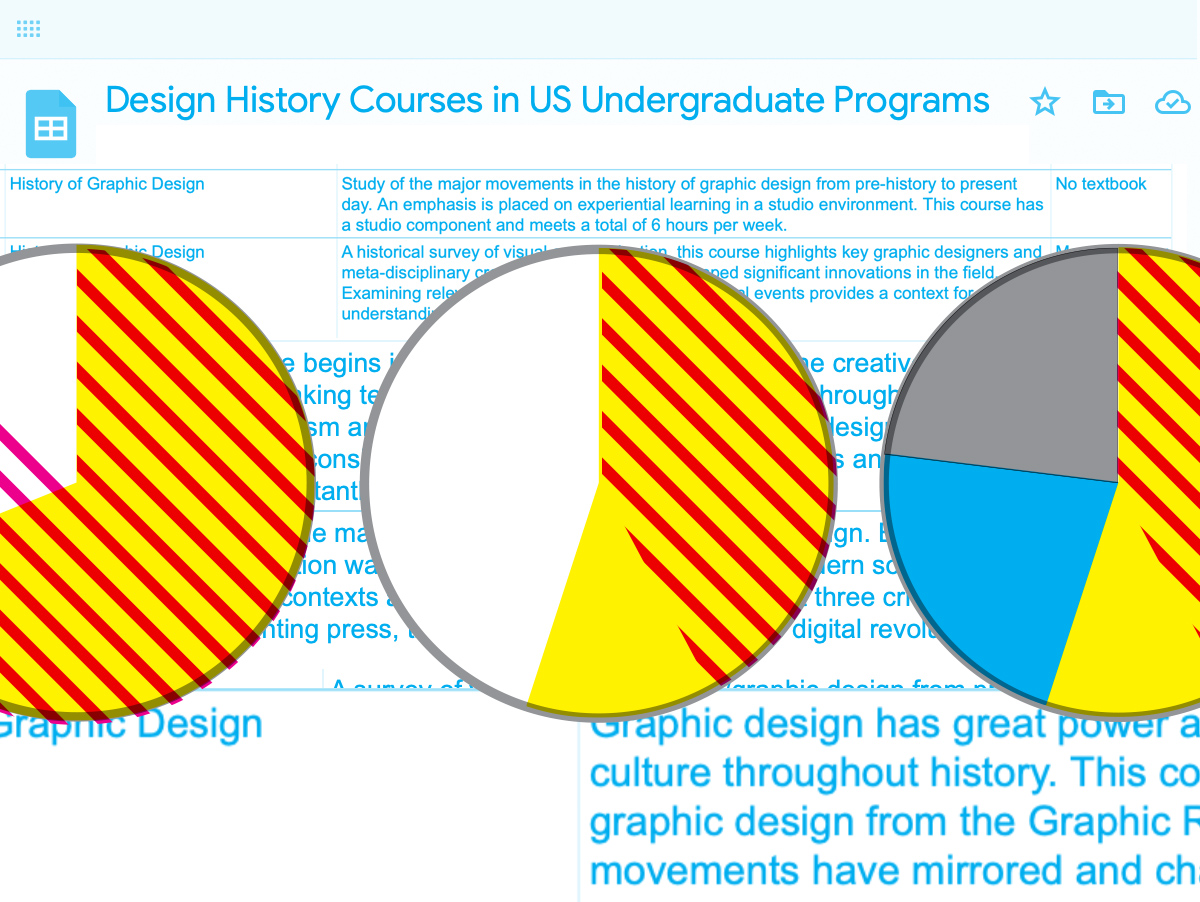Aggie Toppins
Associate Professor
Washington University in St. Louis
Design history is not a firmly established field in the United States. Scholars Grace Lees-Maffei and Rebecca Houze show how in the UK, by contrast, educational reforms in the 1970s mandated that colleges offer subject-specific contextual studies, creating demand for design historians in studio programs and initiating the field’s growth in Europe. Although many early graphic design historians were American educators, most colleges here offer little design history content. Consequently, graduating students may not understand the historical conditions that created their discipline.
NASAD Data Summaries show that enrollment in communication design programs is eclipsing studio art, yet most design students are required to study art history. The author will argue that as design professions contend with new forms of automated labor, skills in historical thinking—described by Andrews and Burke through the “five Cs” of change over time, context, causality, contingency, and complexity—are as useful as analyzing aesthetic objects. Design conferences and journals have recently spotlighted design history pedagogy, questioning its entanglements with connoisseurship and canonicity, and with capitalism and imperialism. How are these trends making an impact on design history education today?
In this presentation, I share insights from data I collected on 345 US-based undergraduate programs in communication design. The data affirms that the survey course is often the only touchpoint graphic design students have with design history. I aggregated information about these courses from academic bulletins, course catalogs, and program websites, and verified facts with faculty. The data contributes evidence for current practices and patterns of change in course titles and descriptions (which indicate common approaches and themes), textbook choices, and faculty training. The data will serve as a useful resource for educators looking to situate their curriculum in current discourse, and for administrators in positions to advocate for faculty hires and curricular revision.
This design research is presented at Design Incubation Colloquium 11.2: Annual CAA Conference 2025 (Hybrid) on Friday, February 14, 2025.
